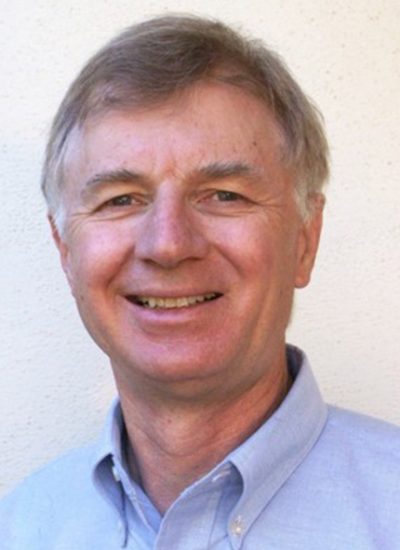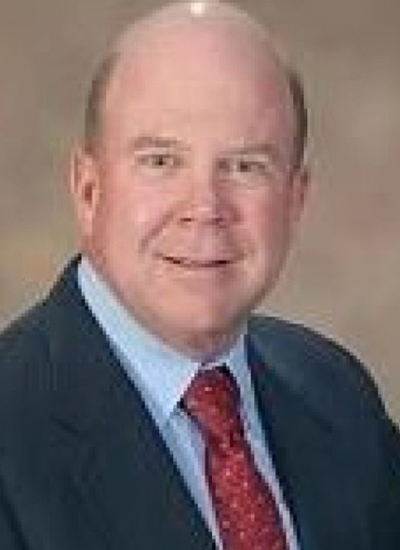Circulatory system
Professor, Physiology
Professor, Biomedical Engineering
Professor, Mathematics
Professor, Applied Mathematics - GIDP
Professor, Physiological Sciences - GIDP
Research Professor, Arizona Research Labs
Professor, BIO5 Institute
Primary Department
Department Affiliations
Contact
(520) 626-4513
Steven Goldman
Professor, Medicine - (Research Scholar Track)
Research Scientist
Professor, BIO5 Institute
Primary Department
Department Affiliations
Contact
(520) 626-2939
Work Summary
Our lab has a new treatment for heart failure. We have a biodegradable graft seeded with adult human cells that we put on the surface of the heart. The potential is to regenerate new heart muscle
Research Interest
Thomas P Davis
Professor, Pharmacology
Professor, Pharmacology and Toxicology
Professor, Neuroscience - GIDP
Professor, Physiological Sciences - GIDP
Professor, BIO5 Institute
Primary Department
Department Affiliations
Contact
(951) 858-5720




